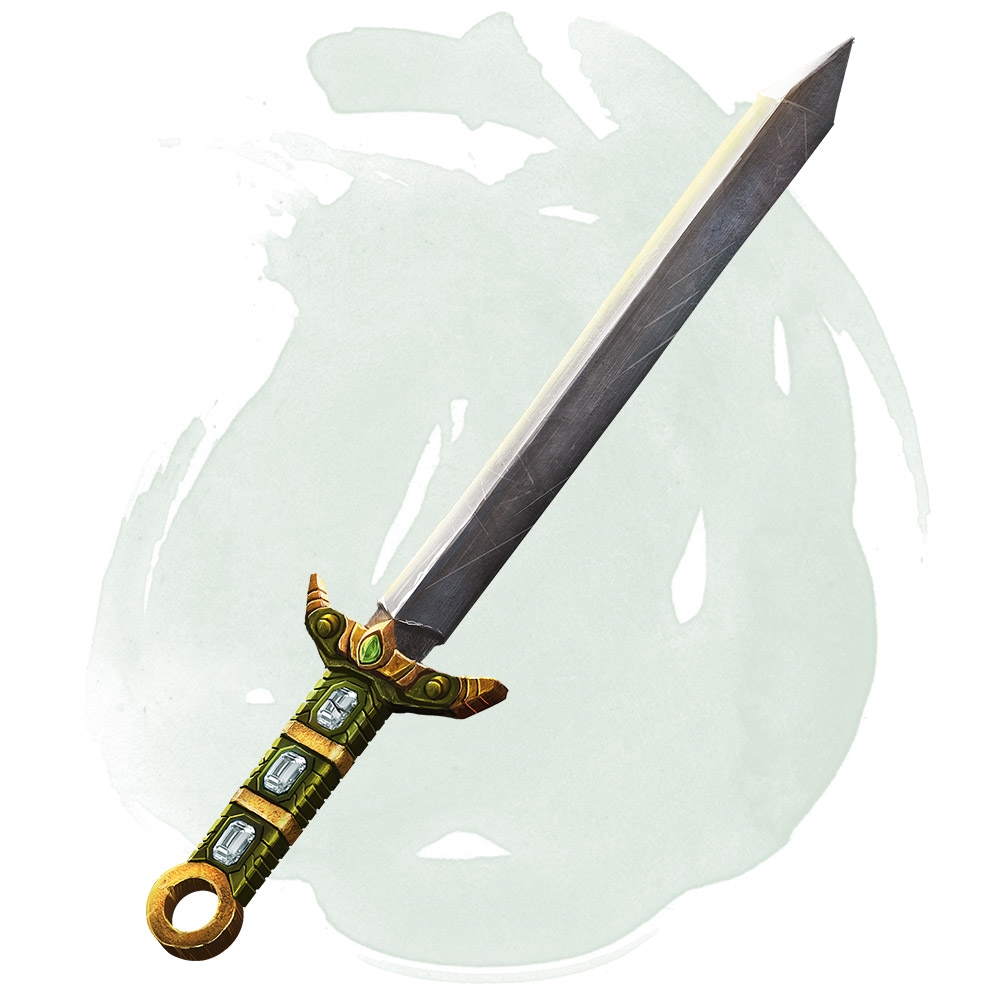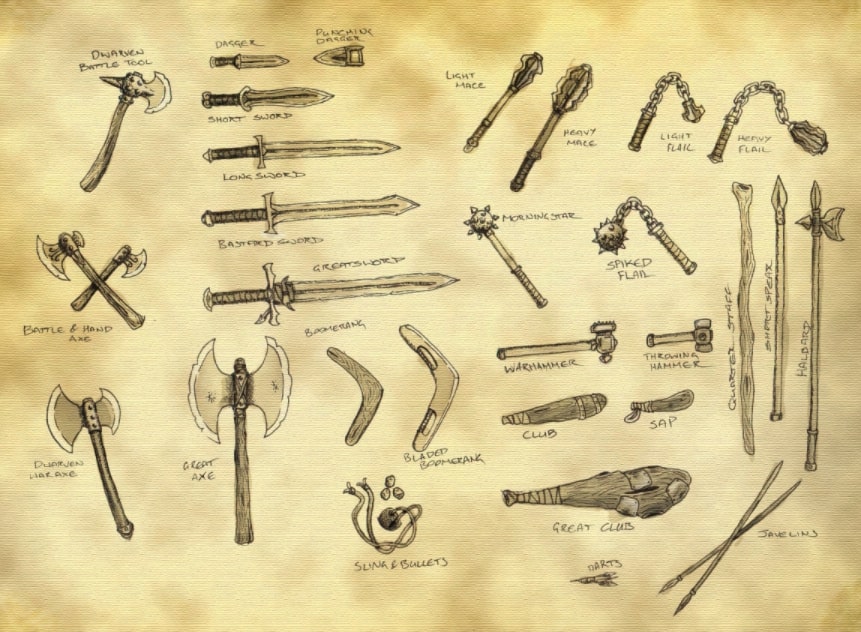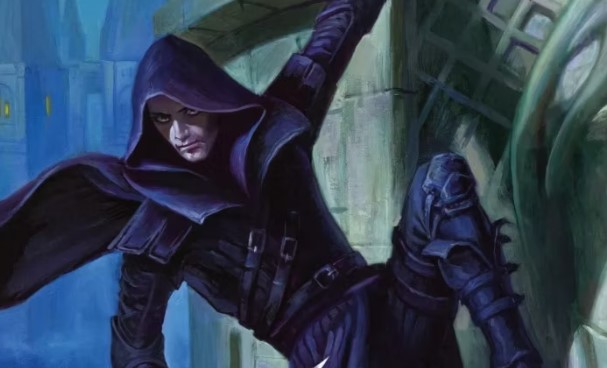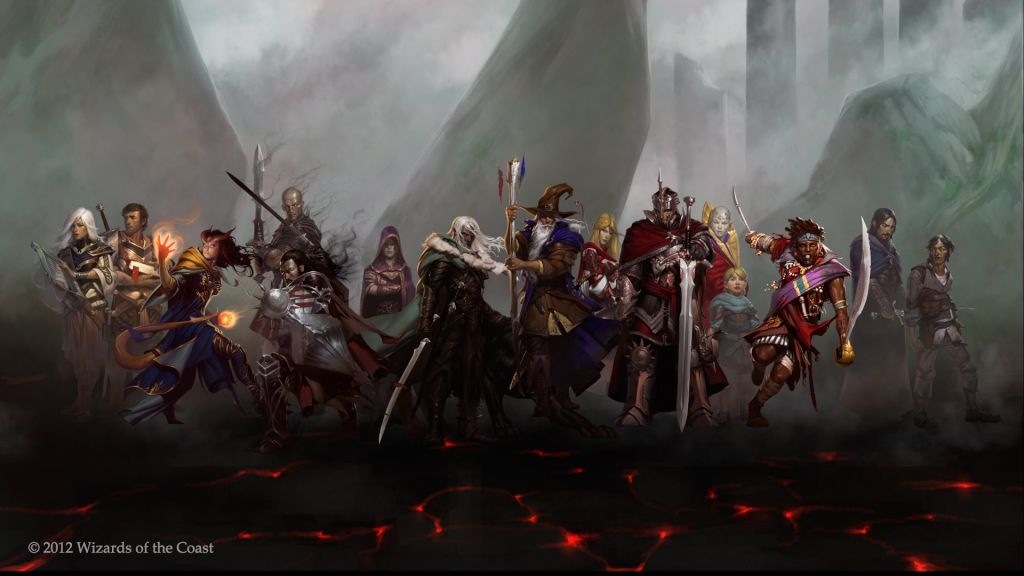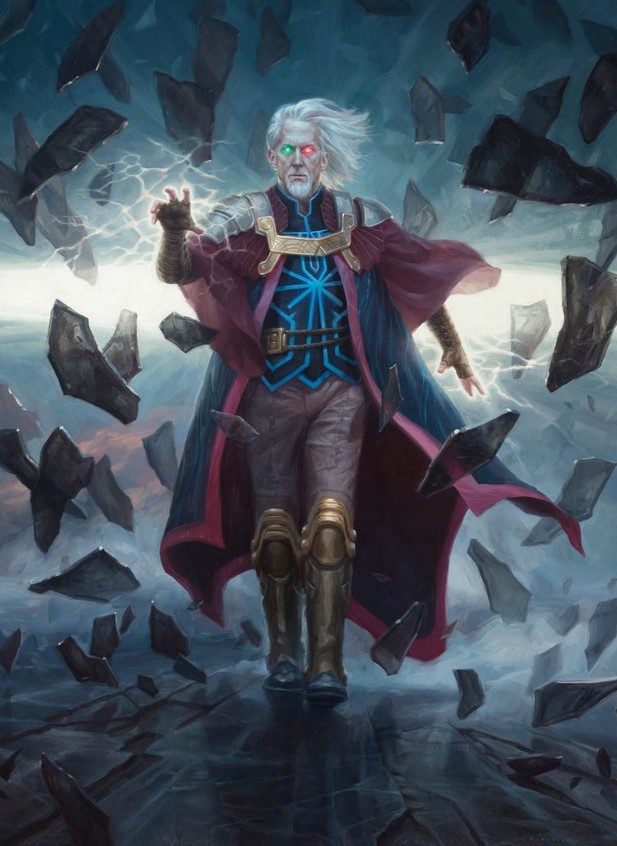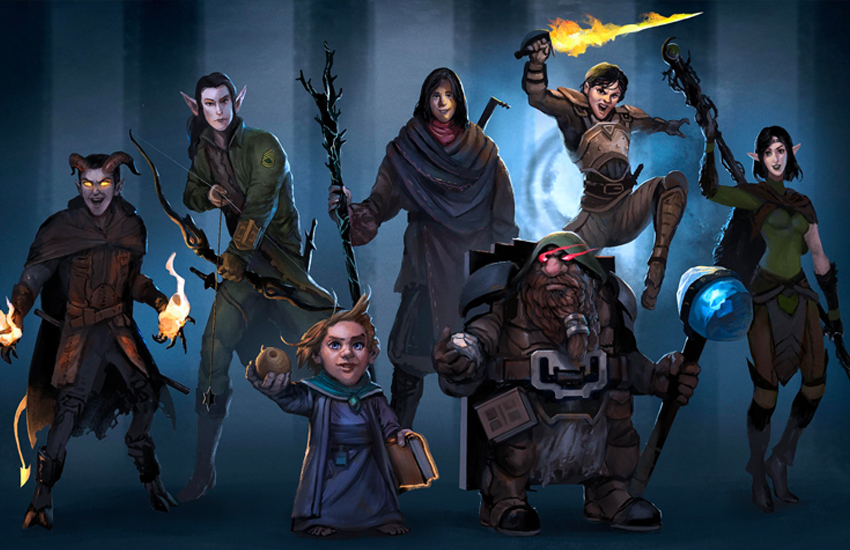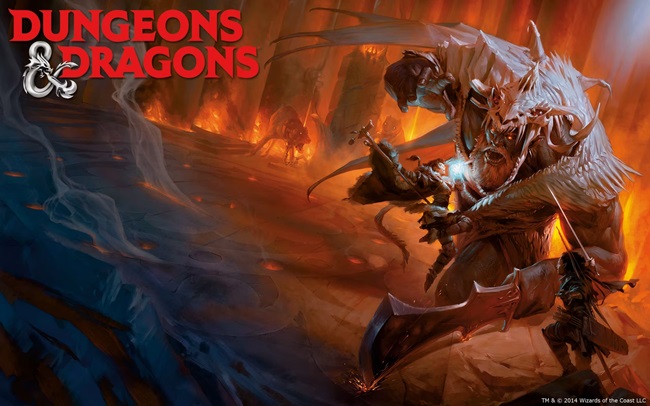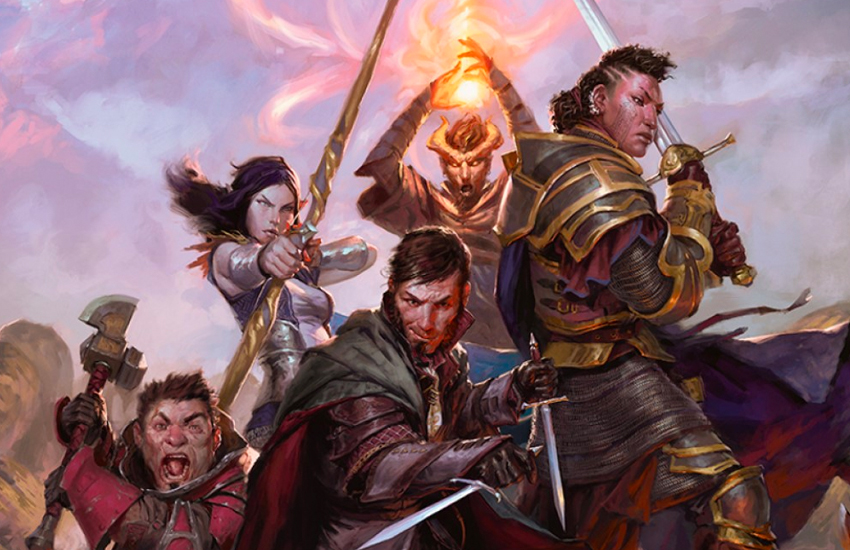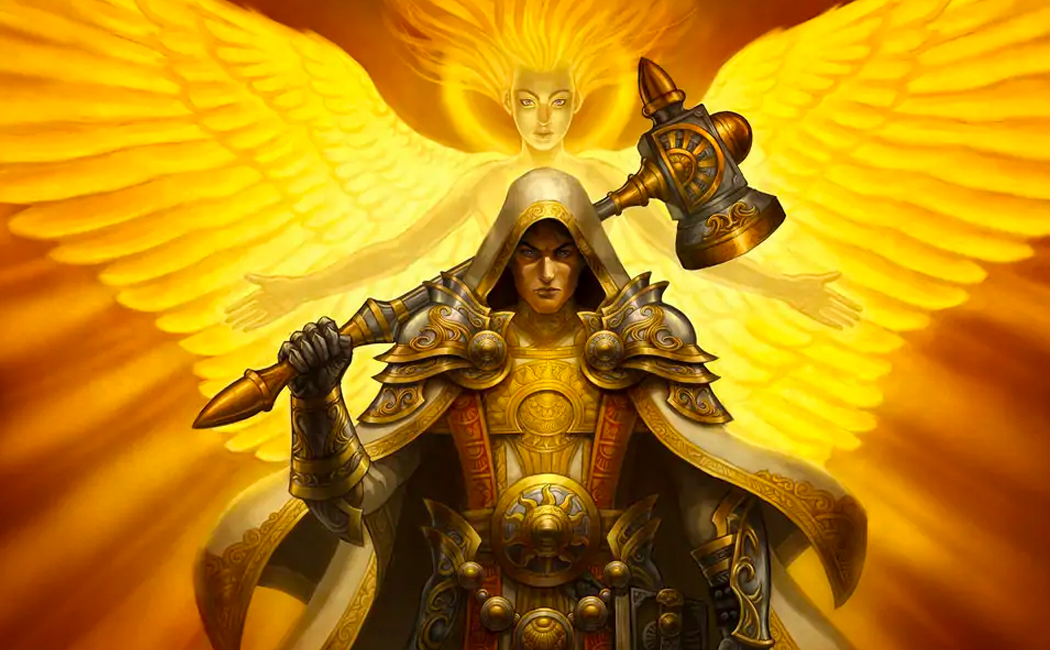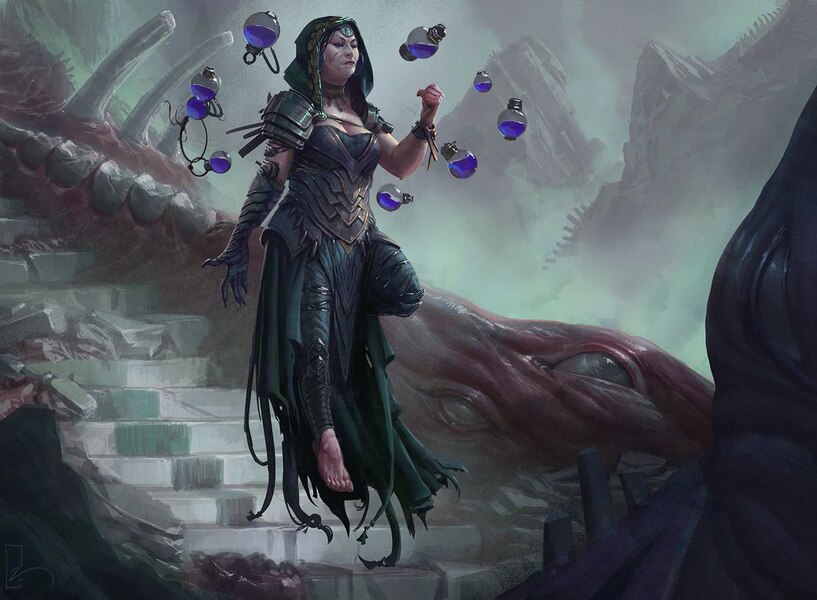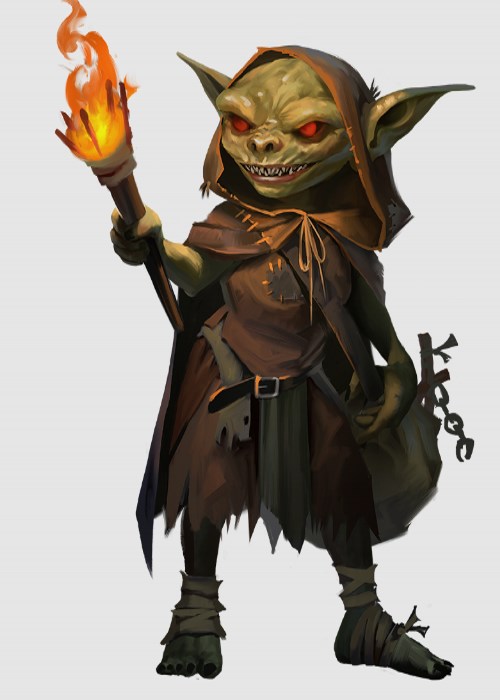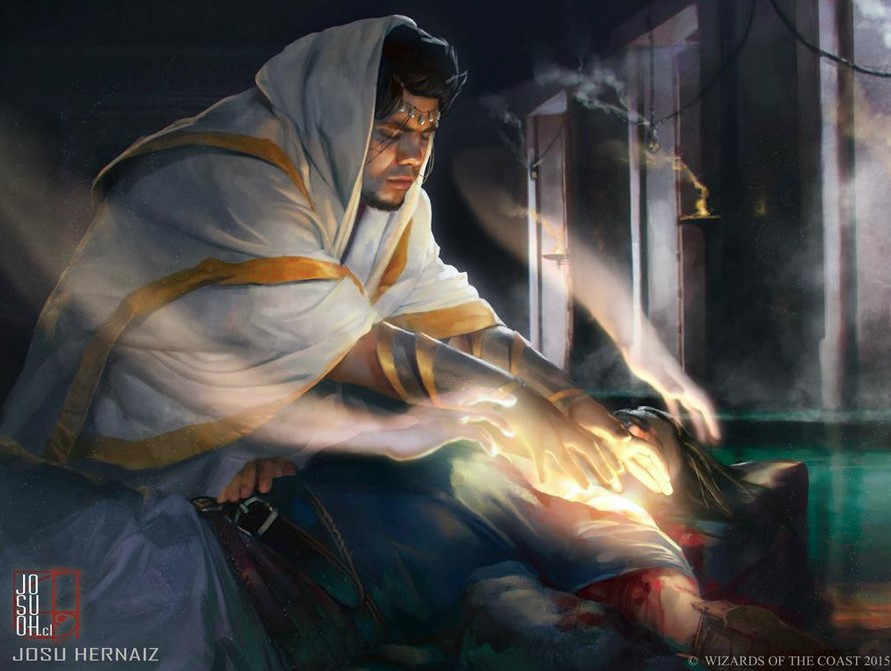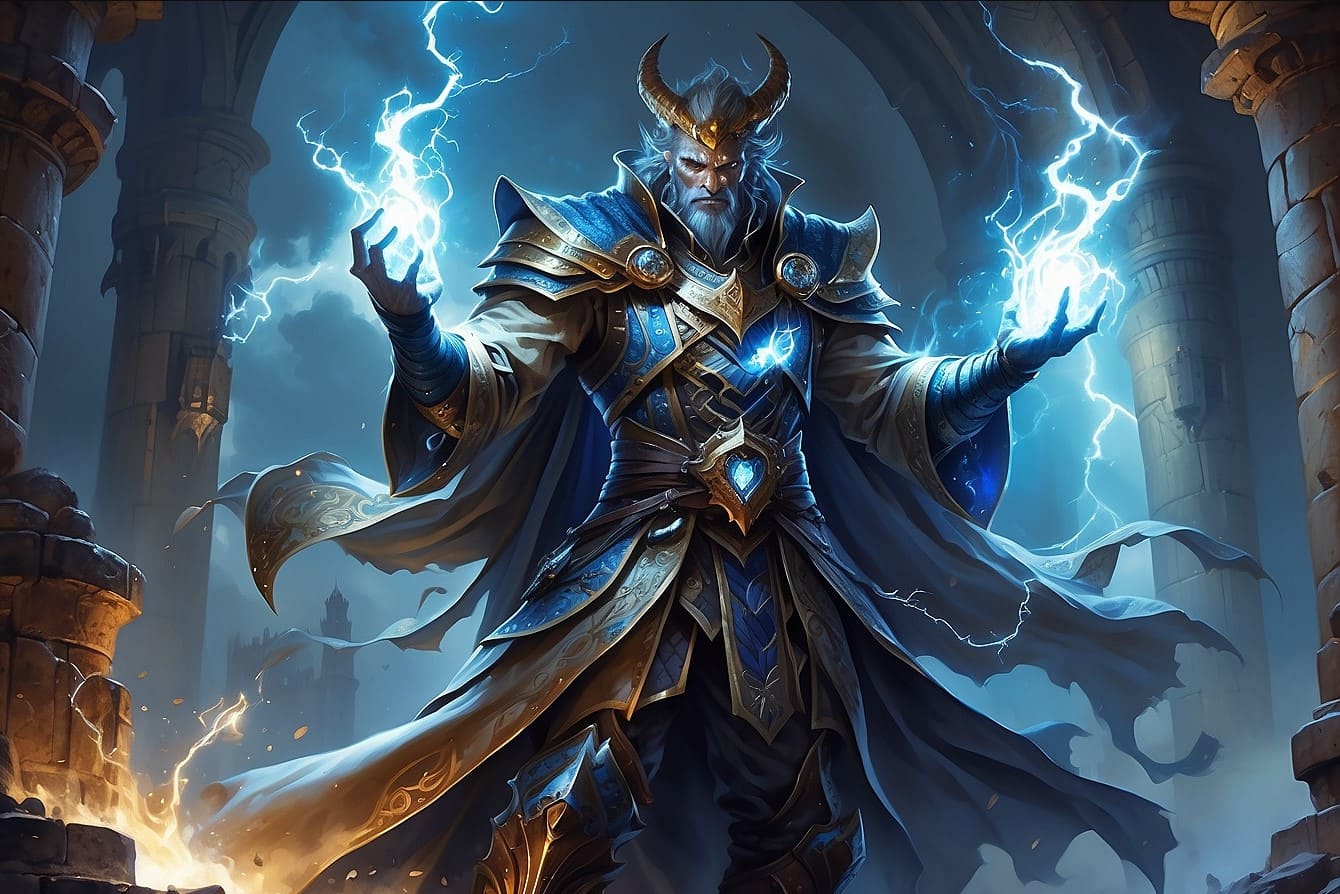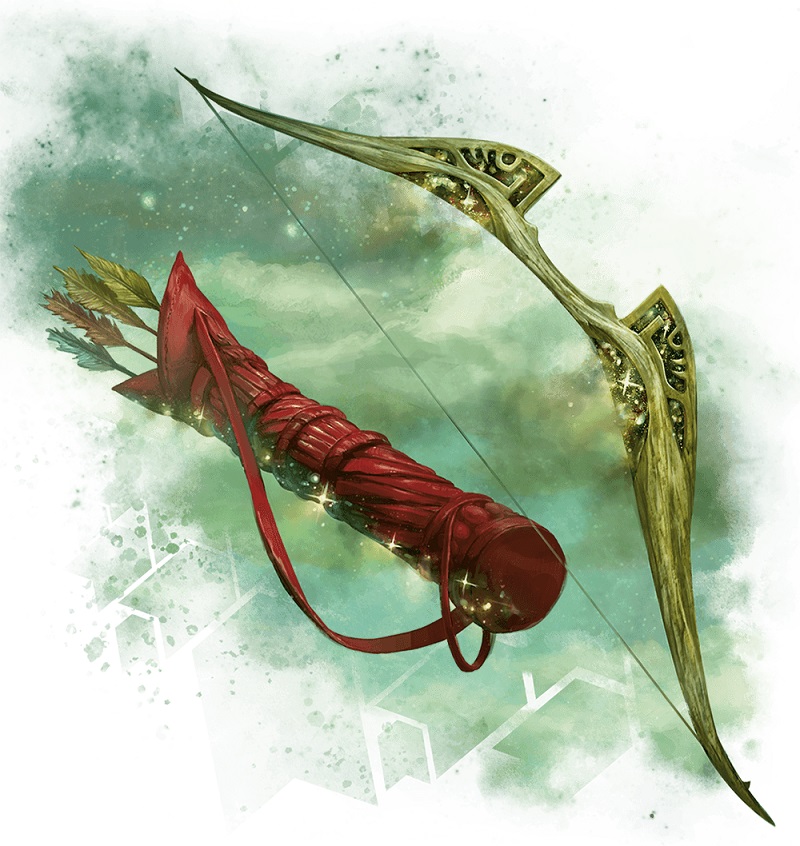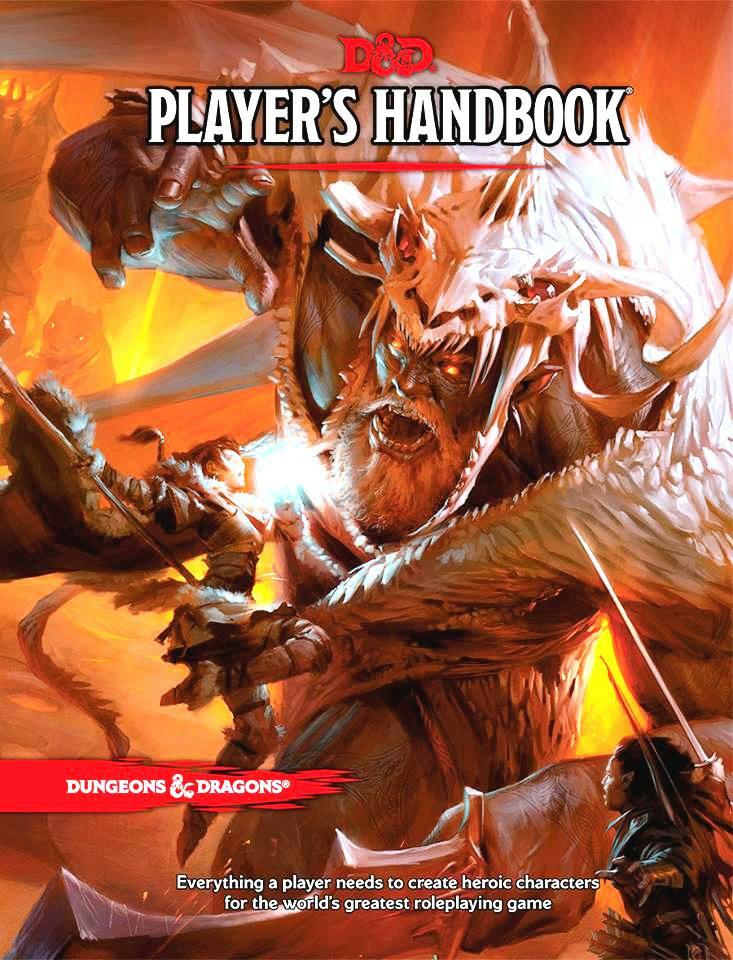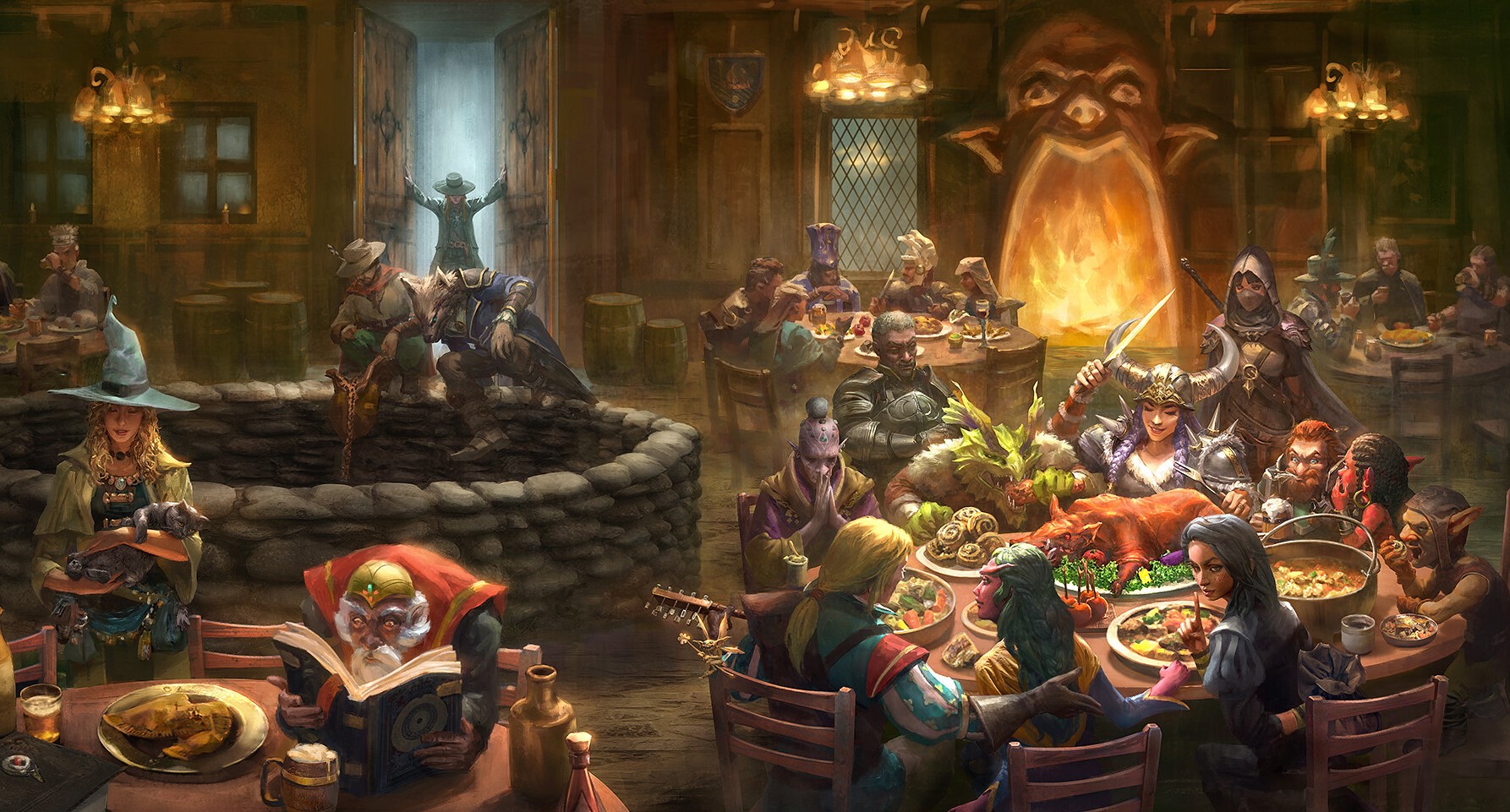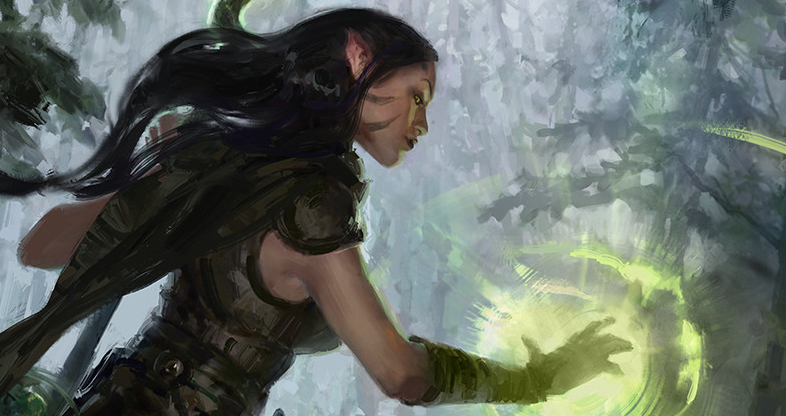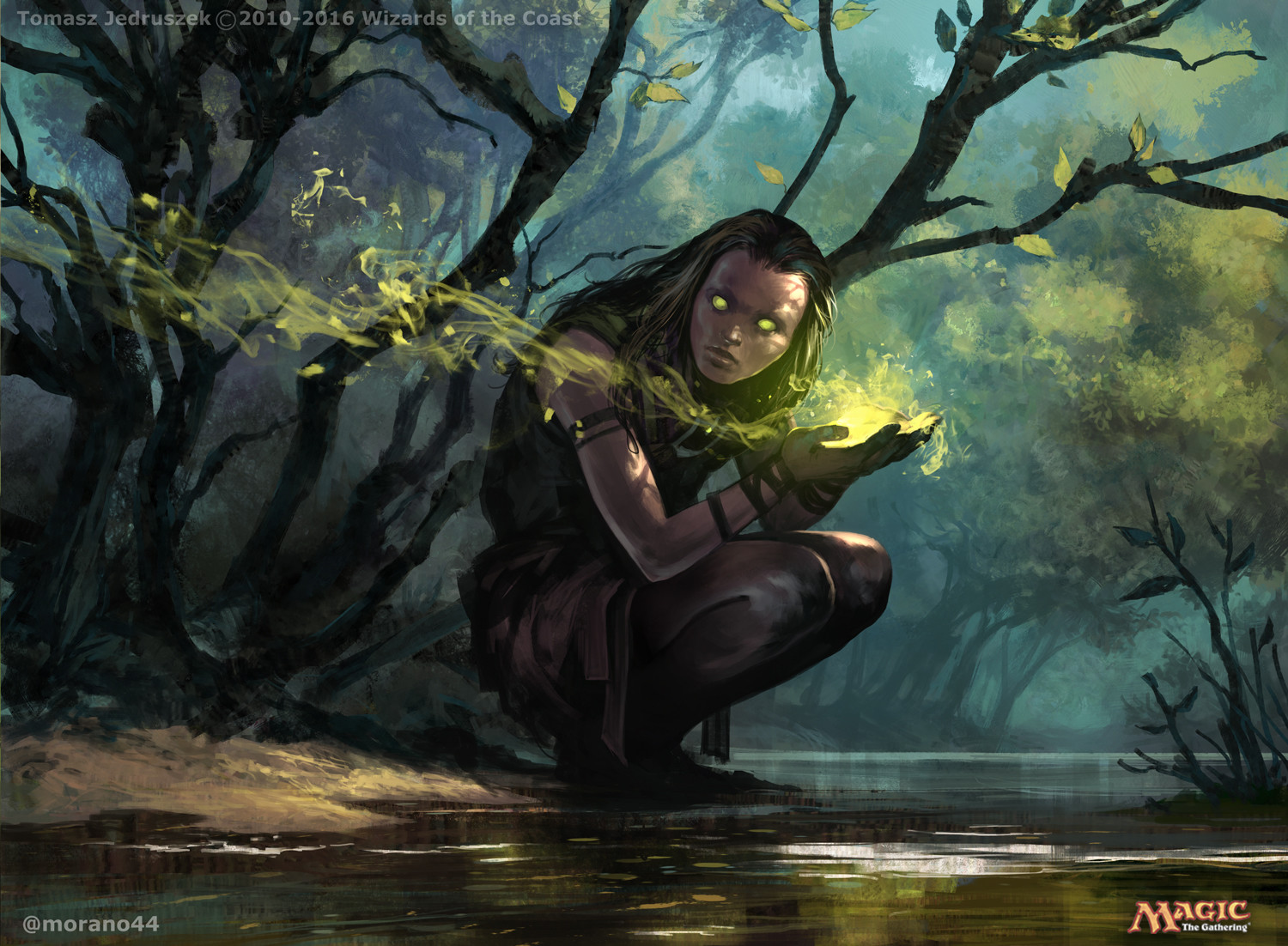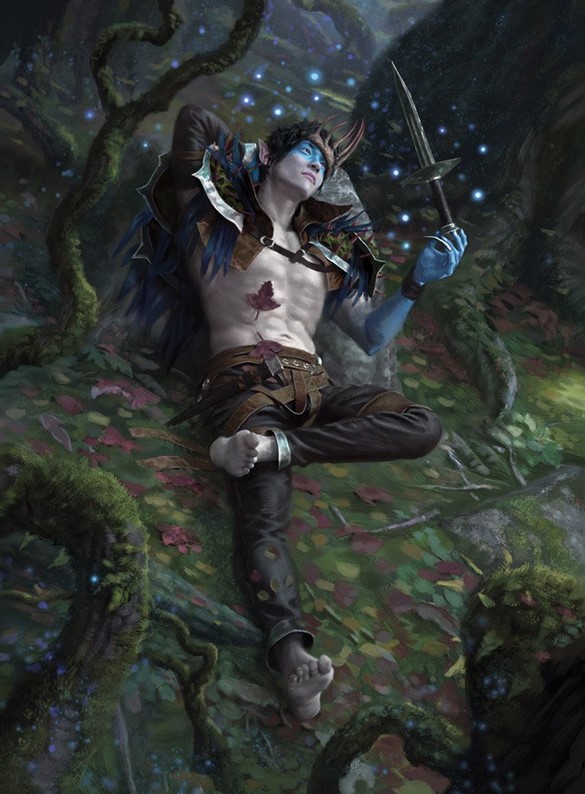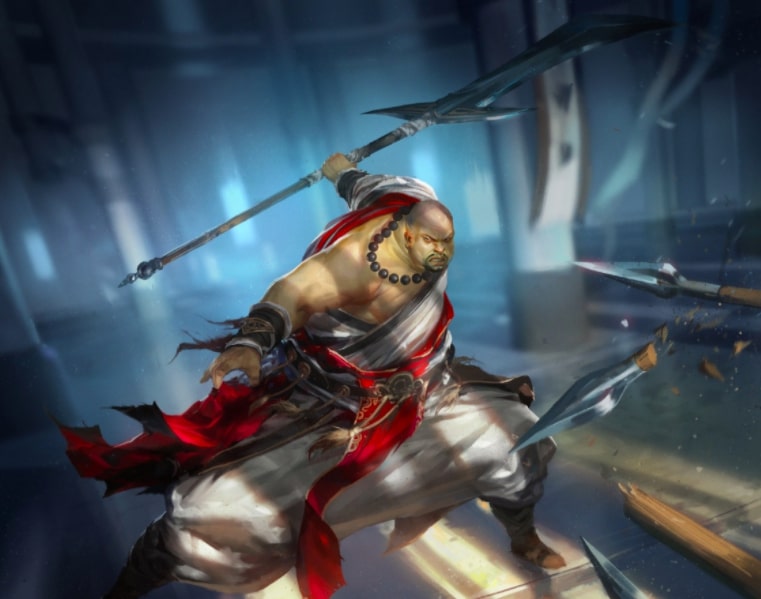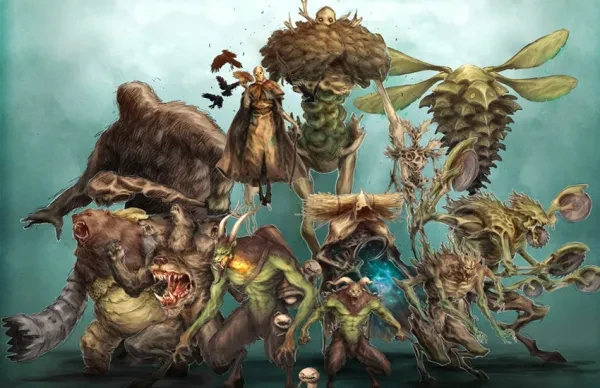
The most frustrating monsters can sometimes be the most rewarding to defeat – but that’s not the case with these creatures.
These are the most annoying monsters in Dungeons and Dragons. More experienced players might find them boring or overused, and newer players may be unpleasantly surprised by what they can do.
Keep in mind that all monsters can be effectively utilized by a talented DM to make any encounter fun and engaging. In the hands of an inexperienced or sadistic DM, however, you can find your party groaning out loud when you encounter one of these monsters.
10. Goblins
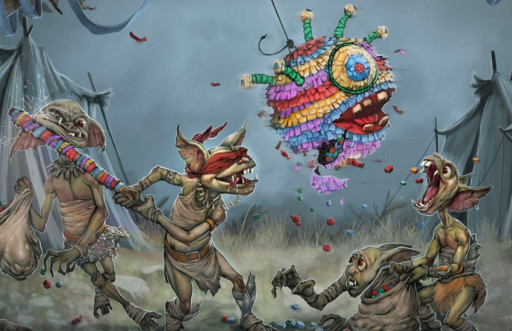
A seasoned player can get tired of starting every campaign fighting hordes of goblins until they finally level up and can take on more interesting, challenging enemies.
Goblins can still be interesting in the hands of the right DM. By setting traps, having them be underlings of a larger, more devious organization, or by role-playing them with humor, you can make these fun for even the most experienced player.
Goblin/Kobold Details: https://www.dndbeyond.com/monsters/goblin
9. Will-o’-Wisps
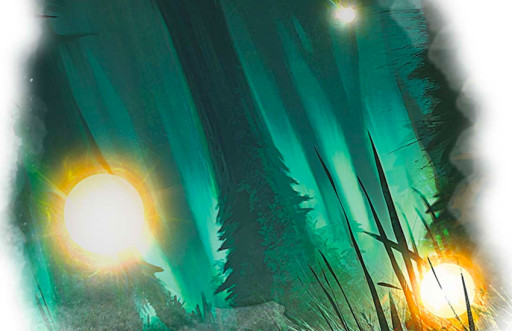
They also have some abilities that are frustrating in and of themselves. Will-o-wisp's have tons of damage resistances and condition immunities and they can turn invisible.
Will-o-Wisp Details: https://roll20.net/compendium/dnd5e/Will-o'-Wisp#content
8. Ghouls and Ghasts
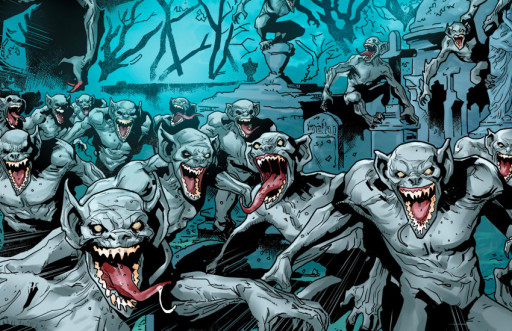
Encounters with these monsters can be annoying because of their claw attack, which paralyzes the target if they fail a DC 10 Constitution check. While this is a pretty low DC, the fact that they travel in packs means multiple attacks and a higher likelihood that you will eventually fail the check.
These monsters are fine when luck is on your side, but if you’re having a night of bad rolling this can turn an encounter into a frustrating ordeal.
Ghouls and Ghasts Details: https://www.dndbeyond.com/monsters/ghoul
https://roll20.net/compendium/dnd5e/Ghast#content
7. Mimics
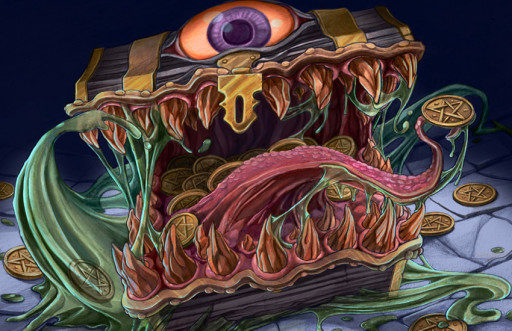
They definitely can be fun, but the wrong DM can overuse them to the point where players feel like they have to inspect every chest, doorway, and object they come across.
This gets old quickly and takes up time that could be used on more fun aspects of the game. Like most things, mimics are best when used in moderation and in moments where their impact would be the greatest and most surprising.
Mimic Details: https://www.dndbeyond.com/monsters/mimic
6. Swarms
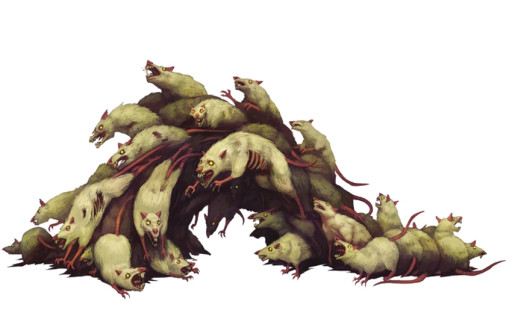
Swarms aren't particularly fun to fight and are more of a nuisance than anything.
They have resistance to bludgeoning, piercing, and slashing damage and can be hard to deal with at low levels when you have limited access to non-standard weapon damage. They’re also immune to being charmed, frightened, grappled, paralyzed, petrified, prone, restrained, and stunned.
Swarm Details: https://roll20.net/compendium/dnd5e/Swarm%20of%20Bats#content
https://roll20.net/compendium/dnd5e/Swarm%20of%20Rats#content
https://roll20.net/compendium/dnd5e/Swarm%20of%20Insects#content
https://www.aidedd.org/dnd/monstres.php?vo=swarm-of-rot-grubs
5. Gas Spores
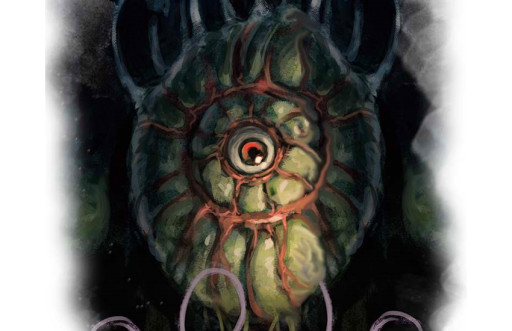
With only 1 hit point, piercing the shell at all with any weak attack will cause the mushroom to burst and spread deadly spores. Each creature within 20 feet of it must succeed on a DC 15 Constitution saving throw or take 3d6 poison damage and become infected with a disease.
Spores invade an infected creature's system, killing the creature in a number of hours equal to 1d12 + the creature's Constitution score, unless the disease is removed.
Even just touching the surface of the fungi can bestow this diseased state on a player. It’s annoying to be surprised into a life or death situation with a strict time limit.
Gas Spore Details: https://5e.tools/bestiary/gas-spore-mm.html
4. Invisible Stalkers
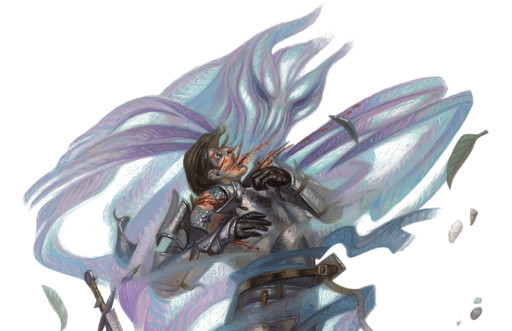
The stalker's invisibility grants it advantage on attack rolls and gives disadvantage to any attack roll against it. It also has resistance to bludgeoning, piercing, and slashing damage from nonmagical weapons and tons of condition immunities.
Invisible Stalker Details: https://roll20.net/compendium/dnd5e/Invisible%20Stalker#content
3. Rust Monsters
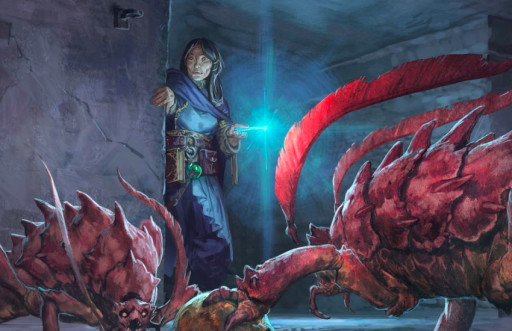
With the ability to degrade or destroy any metal object within five feet of it, these monsters can be a player's worst nightmare. Imagine spending a decent amount of coin on a new suit of armor or hunting down a rare weapon, only to have it degraded or deteriorated by one of these devious little creatures.
While only nonmagical weapons can be destroyed in this manner, this can be devastating to a group of lower-level adventures with limited access to magical equipment. ,
Rust Monster Details: https://www.dndbeyond.com/monsters/rust-monster
2. Black Pudding
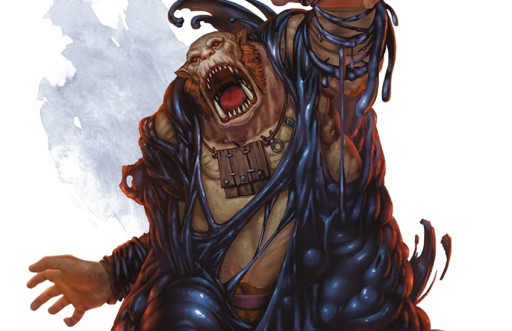
Like the rust monsters, black puddings can degrade a player’s weapons and armor. Any flesh, wood, metal, or bone dissolves when it comes into contact with the goo.
They also have tons of immunities and resistances. Any lightning or slashing damage inflicted on the pudding splits it in two. One annoying enemy can easily turn into two or three or four.
Black Pudding Details: https://www.dndbeyond.com/monsters/black-pudding
1. Gelatinous Cube
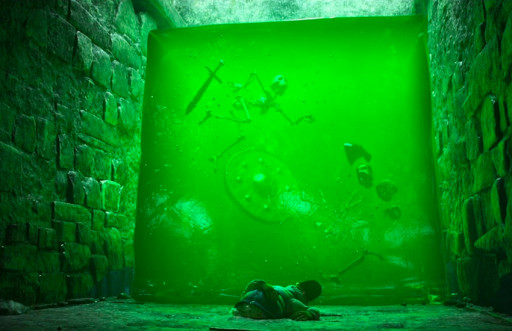
Even when in plain sight, it takes a successful DC15 Wisdom (Perception) check to spot one that hasn't moved or attacked yet. They’re guaranteed to almost always surprise at least one member of your party.
Gelatinous cubes can also consume party members, taking them out of the fight completely. Engulfed creatures can’t breathe, are restrained, and take 6d6 acid damage at the start of each of the cubes' turns.
While challenging, these monsters aren't’ particularly fun to fight. Gelatinous cubes aren't intelligent, can’t communicate, and often aren't part of a larger story. Really, they’re just a pain to deal with.


